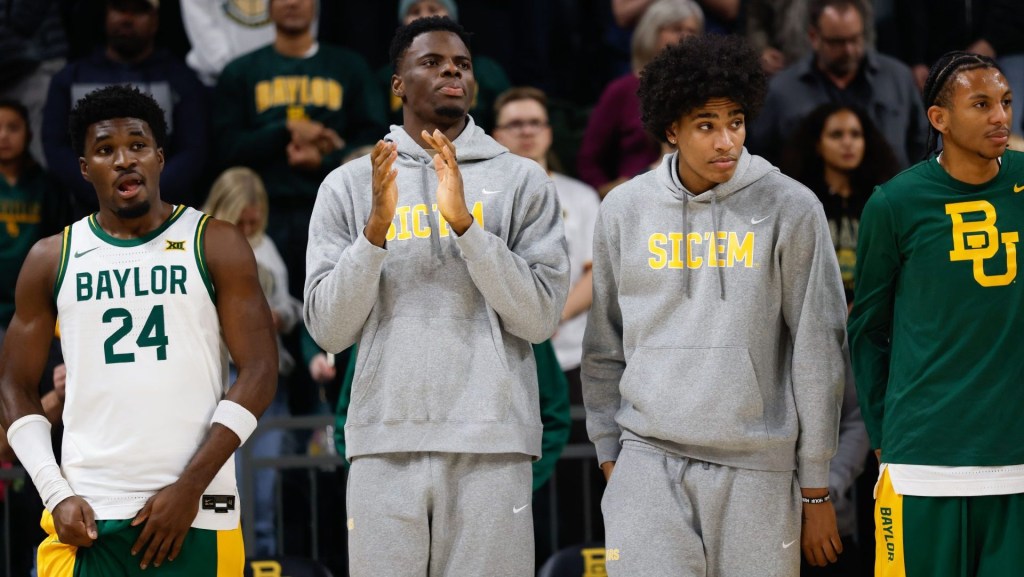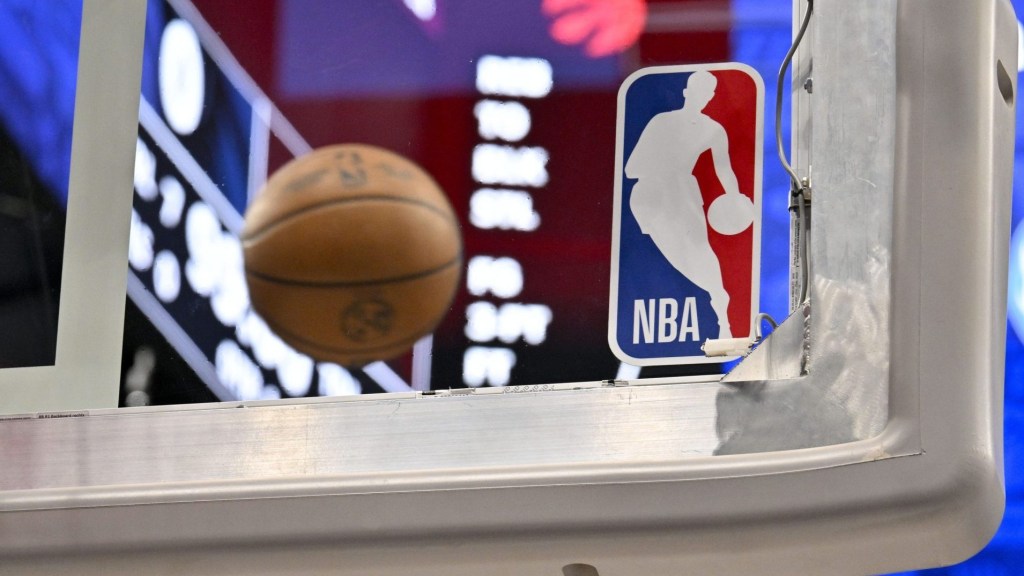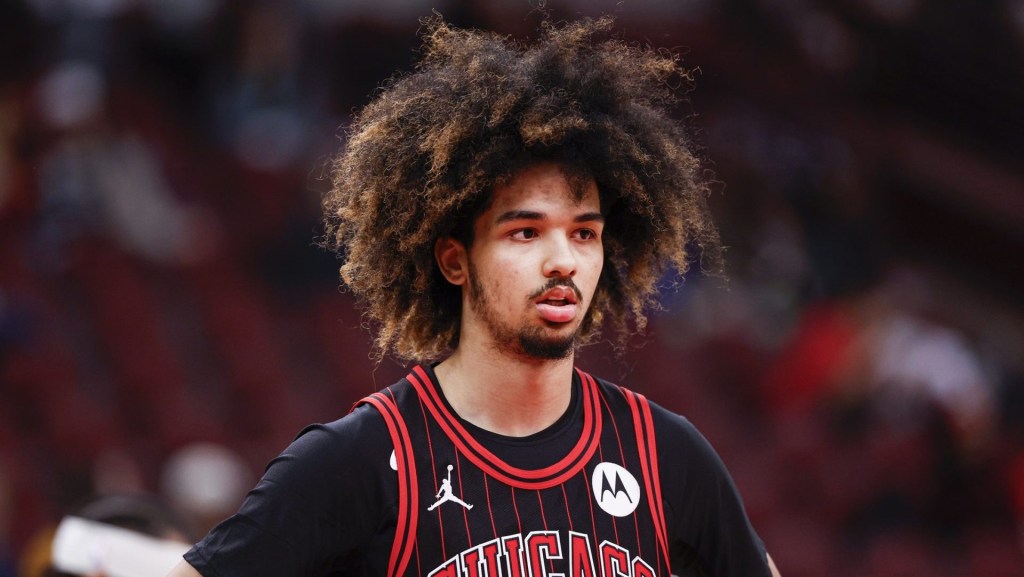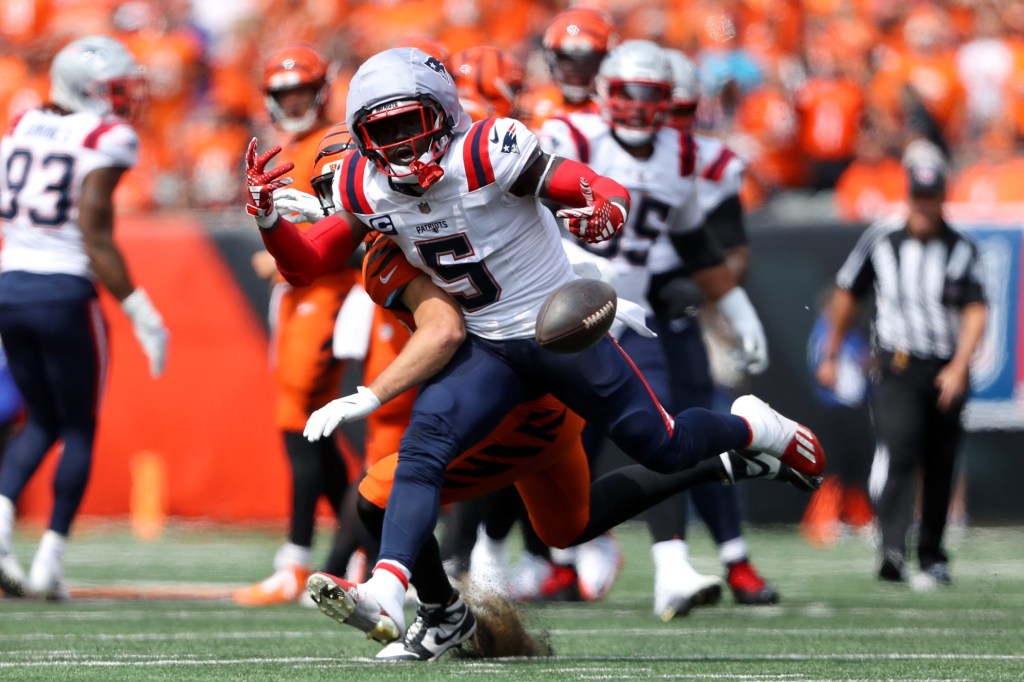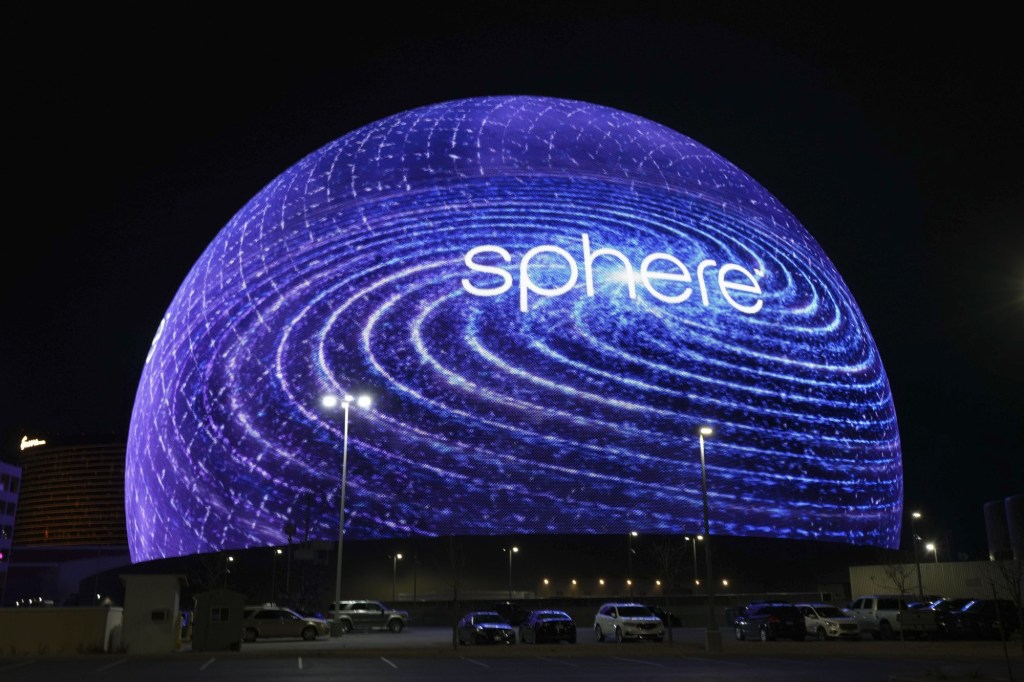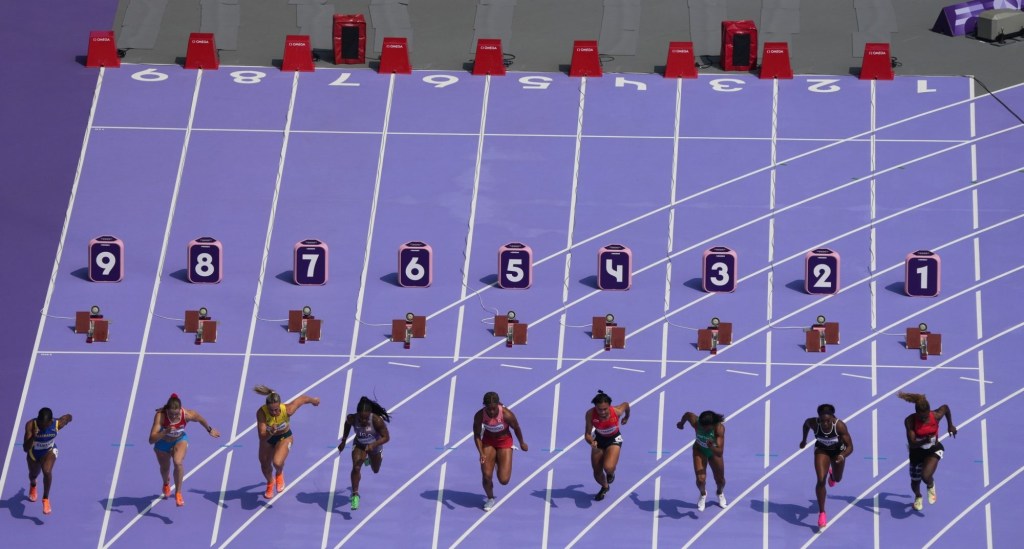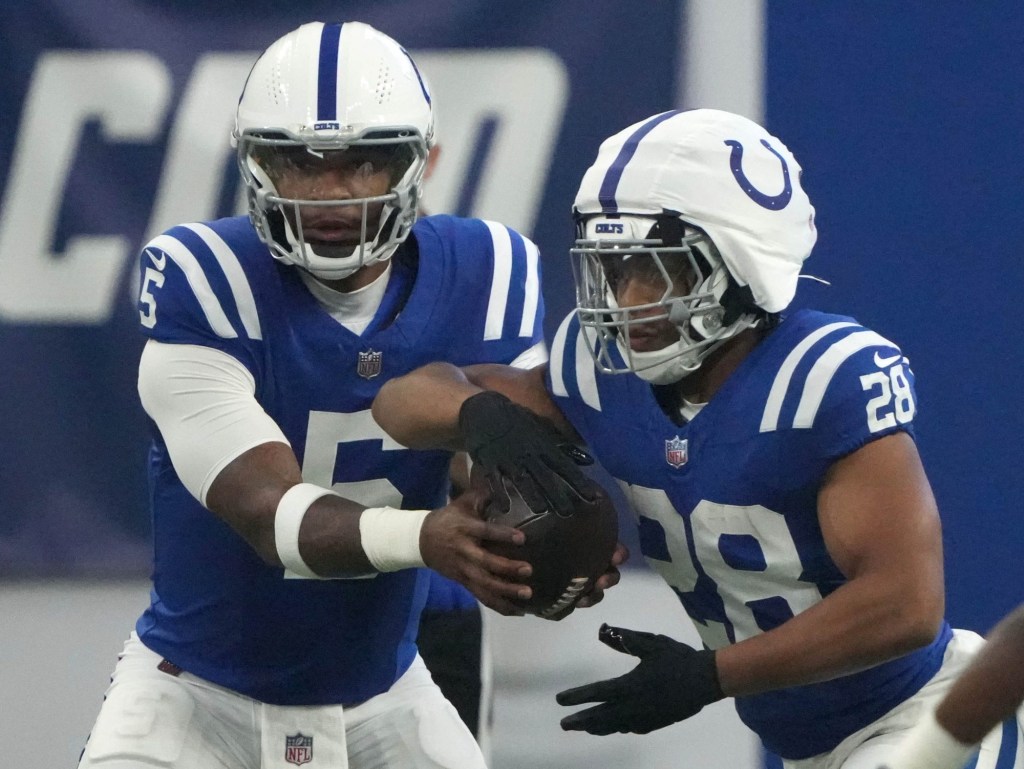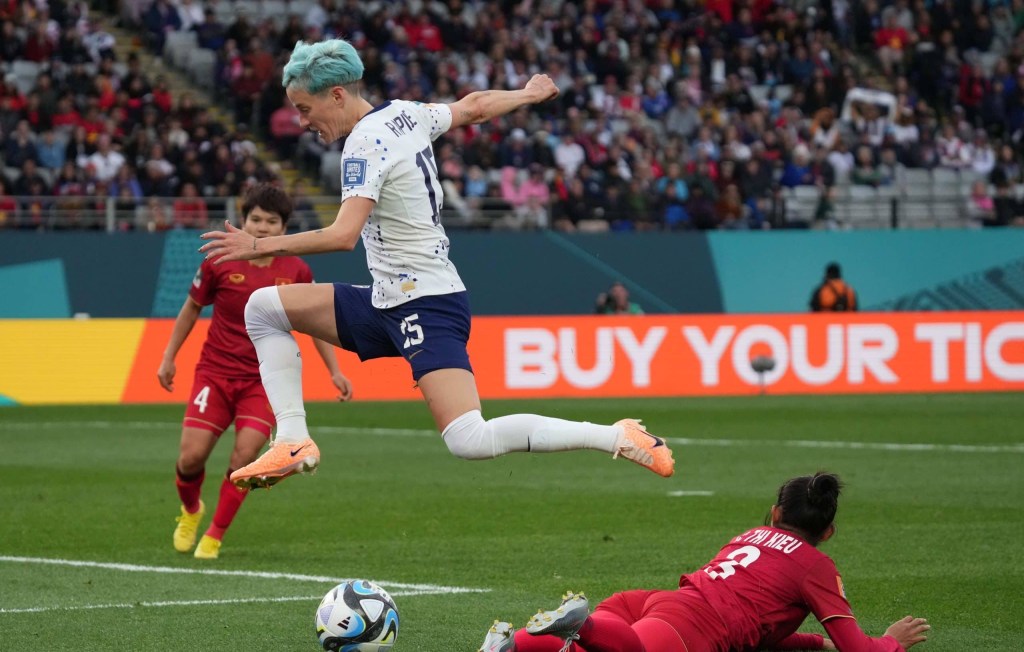As the sports industry delves further into augmented reality, there is ample opportunity for teams to grow revenue streams by selling advertising around activations.
But to do that, more clubs and professional sports leagues have to embrace the still nascent technology first.
The AR market in sports remains largely underpenetrated, even as more examples of franchises using augmented and mixed reality pop up, experts say. Virtual reality is also becoming a larger part of team’s innovation plans. However, headsets and goggles required to experience it are just not as widely distributed as smartphones at this point.
The fact is that select teams are more excited about AR than others, according to Allan Cook, head of Deloitte’s digital reality business. Deloitte has launched activations in partnership with the USGA around U.S. Open tournaments over the past two years, featuring 3D views of select holes on golf courses and the player clubhouse.
Among its current projects, Deloitte is now in negotiations with two NFL teams that are also constructing new stadiums about how they can incorporate AR into the fan experience.
“You can probably guess who they are,” said Cook. “I think that teams are looking to Increase revenue for themselves. However, with fewer people going to games, there is a general fear about adopting AR and VR and justifying the expense.”
AR’s usage in sports is on par with other industries these days, Cook added. There are followers and leaders, just like in financial services and retail. Yet maximizing revenue streams in the future will go hand-in-hand with clubs going bigger on activations.
“There are already a bunch of stadiums that allow fans to pose with players,” he said. “But there are also all kinds of advertisement opportunities with jumbotrons, as both the NFL and the NBA experiment with ways to engage fans at halftime.”
READ MORE: Augmented Reality HAs Its Limits, But Is Here To Stay In Sports
Gamification is a common element introduced by teams as a way to improve the fan experience. Yet Cook envisions a world where a wider distribution of AR headsets can also bring the best of the in-home viewing experience to the stadium.
“The typical AR device we have now is our cellphone, and fans are not going to hold that up for three hours,” said Cook. “The next generation of AR can bring the yellow first-down line in football, live stats, and player identification to the stadium.”
Multiple sources contacted declined to comment for this story, perhaps a sign that the sports industry has yet to grasp the sales opportunity AR marketing activations can provide fully.
At least one franchise leveraging its AR strategy to grow sales is the Los Angeles Kings. The NHL team will launch ten interactive player cards this season, in partnership with blypIT, featuring stars like Jonathan Quick and Drew Doughty.
When fans scan the cards using blypIT’s app, player videos and offers from partnering sponsors become available. The list of five advertisers offering promotions to fans includes Toyota, Coca-Cola, Anheuser-Busch, Pepperdine University, and Mercury Insurance – which is giving fans free quotes and two complimentary game tickets to a future Kings game.
“The cards feature players on the front. And on the back, we have the partner ad,” said Nam McGrail, senior vice president of partnership activations for the LA Kings at AEG, the team’s parent company. “ So when fans come to a game, they scan the card with their phone, and the card comes to life.”
READ MORE: Vikings, Pepsi Create Augmented Reality-Featured Commemorative Cups
The Kings are big fans of AR, McGrail said. The team is also finding that brands are committed to advertising through the technology as well. She predicts the future of static advertising in sports will be tied to holding a cellphone over a still image to activate content or promotion.
“More teams and brands will start adopting and embracing AR technologies,” said McGrail. “It creates a unique opportunity to connect with fans that traditional marketing efforts can’t.”

